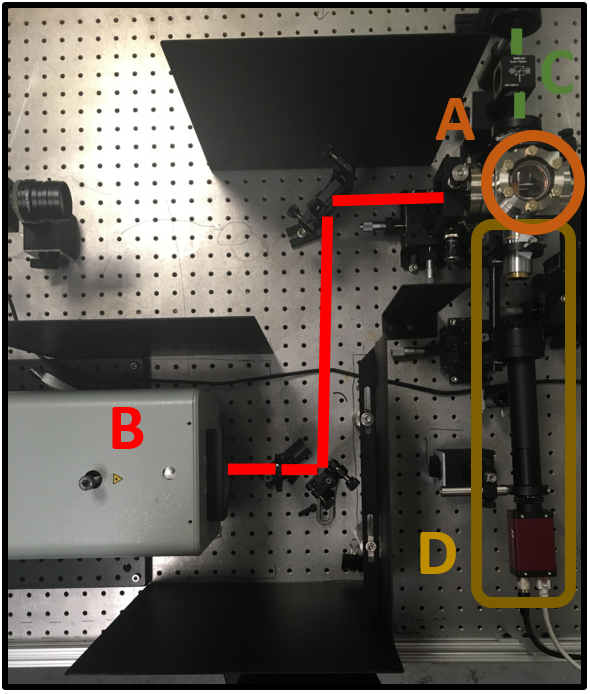
A Laser Based Micrometeorite Accelerator for Impact Studies
The “right” distance from the sun and the perfect mix of chemicals forming Earth’s atmosphere are key factors that contribute to make of our planet a perfect place to harbour life (as we know it). Obviously there are differences in climate between the different parts of the world and time of the year, but it is safe to say that life really experiences a nice weather on Earth!
However, the moment any man would step outside of the comfort zone of our planet, needs to take into account the very harsh space conditions of space that are not exactly life-friendly: cosmic ray, solar wind, electron bombardment, and medium velocity (> 3 km/sec) micro-meteorite bombardment make the so-called space weathering (SW) [1] and will threaten the success of the future human space exploration of distant worlds.
The promising targets of next space exploration in our solar system are rocky and/or icy bodies (moon, Enceladus, Europa) with virtually zero atmosphere, almost devoid of precious breathable gases that could shield us form SW. It follows that the astronauts require special suits to protect themselves over those distant surfaces. New materials are incessantly designed to improve durability and ergonomics of spacesuits but need to be tested for SW in the laboratory.
While some of the energetic SW phenomena can be simulated easily in the laboratory, such as ion, electron, and photon bombardment, developing table-top micrometeorite bombardment systems remains a challenging task. Right now the only realistic and feasible options for micro-bullet testing is to rely on big facilities equipped with gas guns or electrostatic accelerators of metal coated particles. These are great options that allow us to explore a large range of impact velocities, but come with few downsides, meaning metal contamination of the target and high operational costs. Lucky for us, very recently at MIT a novel table-top technique was developed to launch micro-particles and test the mechanical properties of the target material [2-4]. We are taking this as starting point and adapt it to the vacuum in order to simulate micro-meteorite bombardment in space.
Vacuum will open the door to otherwise inaccessible applications on top of those already within reach by previous instruments.
For instance, the phenomena occurring at the surfaces of distant planets and satellites can be more realistically simulated allowing us to understand how simple molecules (e.g. water) can form in those environments and how to use the local resources to our advantage.
What is perhaps even more exciting in terms of fundamental science is that we could potentially embed biomolecules in matrices and study how impact events could trigger reactions and if the building blocks of life can survive micro-meteorite bombardment.
At the moment we have just finished building the set-up and we are working to have it up and running. The figure below shows the key components of the instrument:
1) A vacuum chamber containing the substrate where we preallocate the micro-particles (A).
2) A first laser (λ=1064 nm) to lift off the particles and accelerate them (B).
3) A second laser pulse (C; λ=532 nm) to intercept and illuminate the moving particles in order to measure their velocity with the aid of a camera (D).
As soon as the instrument becomes fully operational we can then add a target material such as (i) a polymer developed for the spacesuits or (ii) analogues of airless bodies (Lunar, Phobos, near Earth asteroids) that were previously irradiated with ions, electron and/or photons in order to fully simulate space weathering processes.

References
[1] Bennett et al. Chem. Rev. 2013, 113, 9086.
[2] Lee et al. Nat. Commun. 2012, 3, Article number: 116.
[3] Lee et al. Science 2014, 346, 1092.
[4] Veysset et al. Sci. Rep. 2016, 6, Article number: 25577.

